Contact Details

Walter has introduced two solid carbide milling cutters that successfully tackle titanium machining tasks: the MC377 Advance and the MD377 Supreme. The first is a highly cost-effective tool for universal use in ISO materials S, M, and P and the second is a high-end specialist primarily for the aviation and aerospace industry. Both solid carbide milling cutters can handle roughing, finishing and semi-finishing as well as ramping, shoulder milling, plunging.
The MC377 Advance, with protective chamfer, corner radii, and center cutting edge, can be used for chrome-nickel and steel materials, as well as titanium. The versatile cutter’s complete range features products with diameters from 2 to 25 mm and makes them particularly attractive for small parts manufacturers in the medical technology sector and food industry. The long tool life of its Walter high-performance WK40EA grade and its tough AICrN coating extend tool life while helping to lower inventory costs.
The MD377 Supreme is a solid carbide milling cutter with a corner radius and central internal coolant engineered for titanium machining. Its HPC Ti40 geometry has been optimized for titanium cutting, with a high metal removal rate thanks to its five cutting edges, and the latest Walter exclusive AlTiN+ZrN coating with HIPIMS technology for maximum tool life. Ideal for dynamic milling, it is suitable for roughing, shoulder milling, finishing, and semi-finishing, with ramping possible, and full slotting up to 1 x Dc. This high-end titanium milling cutter is ideal for machining ISO S materials such as engine components, small parts or structural components, as well as additively manufactured components.
The Walter lineup of products consists of three categories to its tools. Supreme indicates the highest level of technology and performance available. Perform tools are products that provide an economical solution with focused importance on price and Advance which indicates product efficiently balanced between price and performance.
Related Glossary Terms
- coolant
coolant
Fluid that reduces temperature buildup at the tool/workpiece interface during machining. Normally takes the form of a liquid such as soluble or chemical mixtures (semisynthetic, synthetic) but can be pressurized air or other gas. Because of water’s ability to absorb great quantities of heat, it is widely used as a coolant and vehicle for various cutting compounds, with the water-to-compound ratio varying with the machining task. See cutting fluid; semisynthetic cutting fluid; soluble-oil cutting fluid; synthetic cutting fluid.
- gang cutting ( milling)
gang cutting ( milling)
Machining with several cutters mounted on a single arbor, generally for simultaneous cutting.
- milling
milling
Machining operation in which metal or other material is removed by applying power to a rotating cutter. In vertical milling, the cutting tool is mounted vertically on the spindle. In horizontal milling, the cutting tool is mounted horizontally, either directly on the spindle or on an arbor. Horizontal milling is further broken down into conventional milling, where the cutter rotates opposite the direction of feed, or “up” into the workpiece; and climb milling, where the cutter rotates in the direction of feed, or “down” into the workpiece. Milling operations include plane or surface milling, endmilling, facemilling, angle milling, form milling and profiling.
- milling cutter
milling cutter
Loosely, any milling tool. Horizontal cutters take the form of plain milling cutters, plain spiral-tooth cutters, helical cutters, side-milling cutters, staggered-tooth side-milling cutters, facemilling cutters, angular cutters, double-angle cutters, convex and concave form-milling cutters, straddle-sprocket cutters, spur-gear cutters, corner-rounding cutters and slitting saws. Vertical cutters use shank-mounted cutting tools, including endmills, T-slot cutters, Woodruff keyseat cutters and dovetail cutters; these may also be used on horizontal mills. See milling.
- slotting
slotting
Machining, normally milling, that creates slots, grooves and similar recesses in workpieces, including T-slots and dovetails.

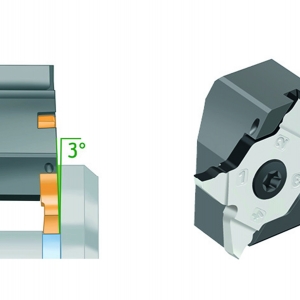
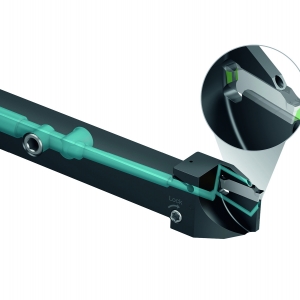
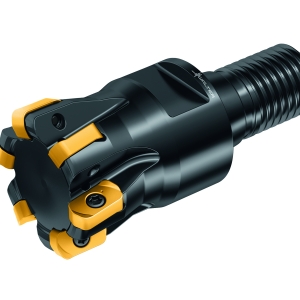
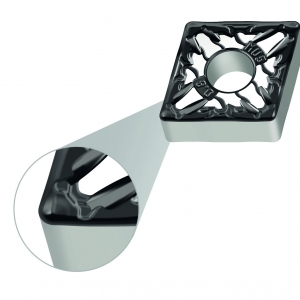
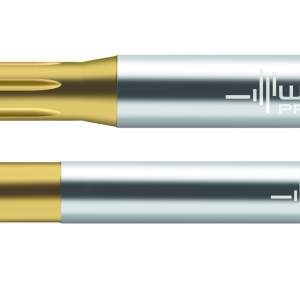
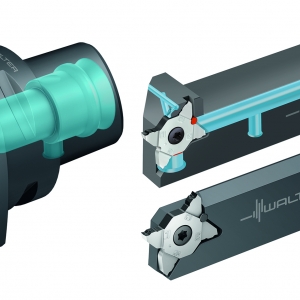
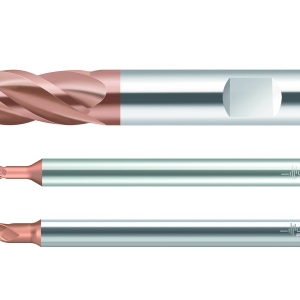
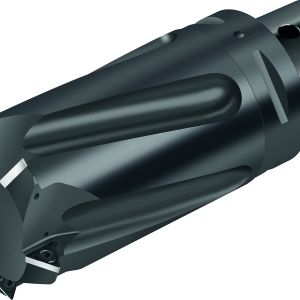
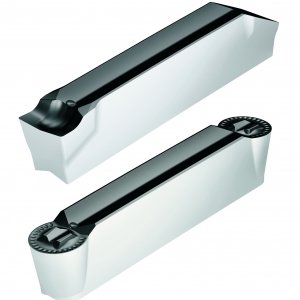
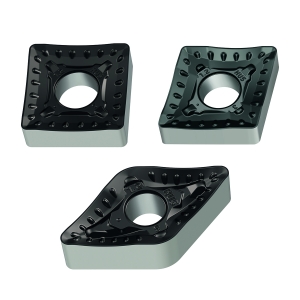
 PRODUCTS
PRODUCTS

